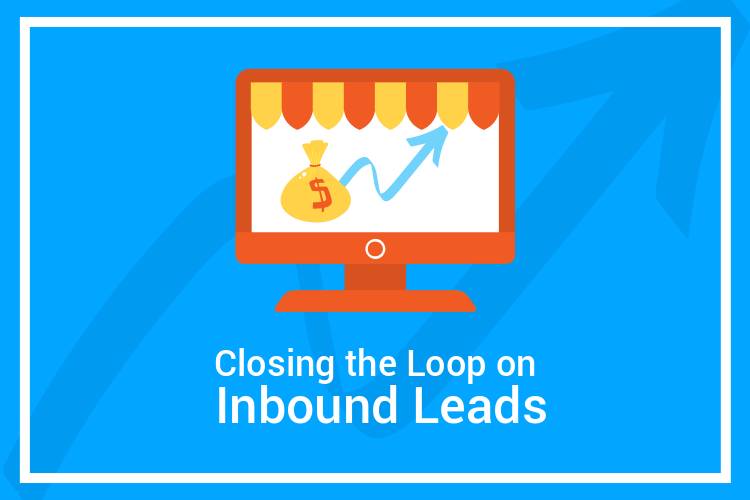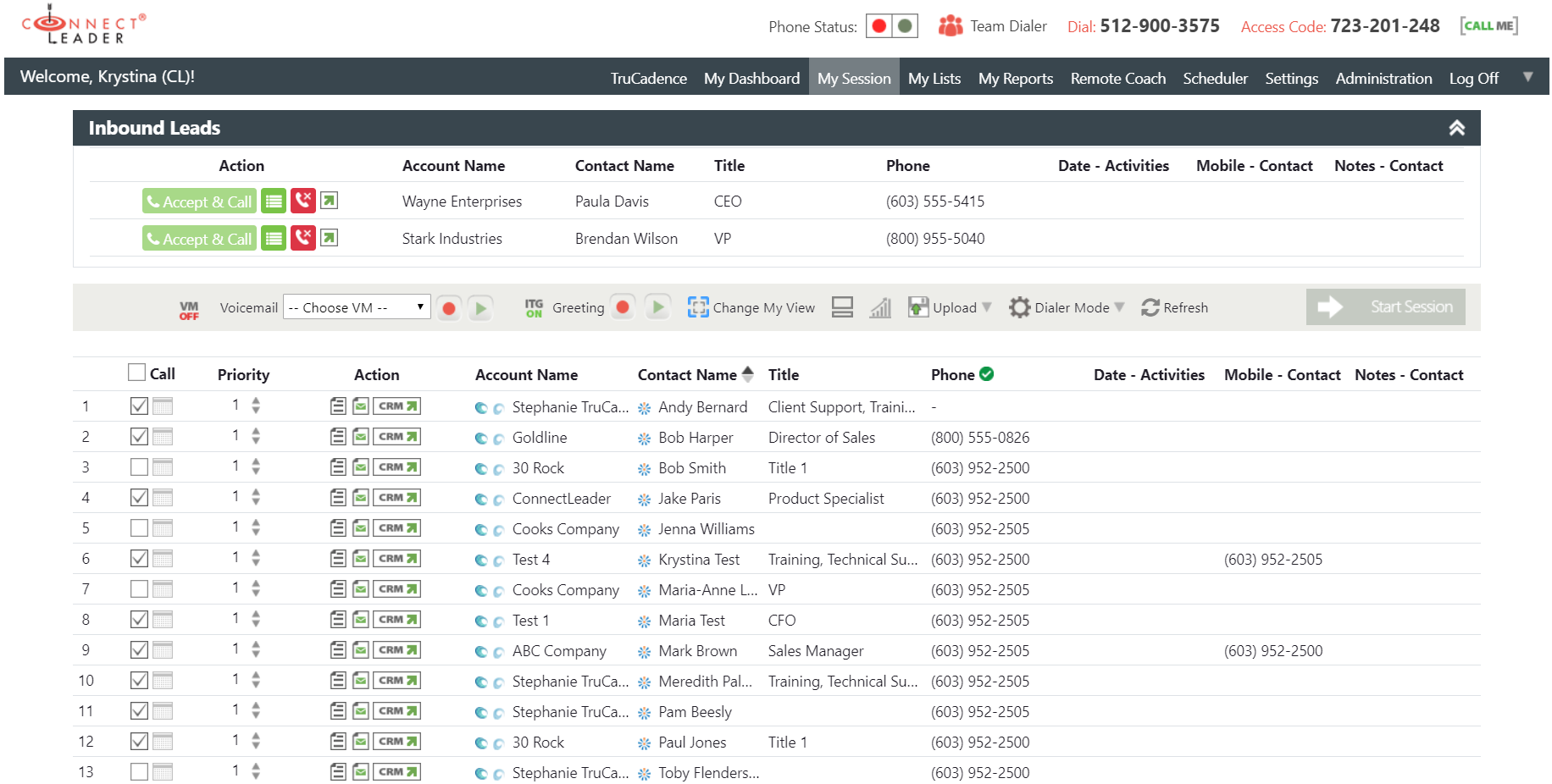4 min read
Avoid Sales Burnout: Lessons Learned from Death of a Salesman
Arthur Miller's 1949 play ‘“Death of a Salesman” is about what happens when a salesman, Willy Loman, fails to accept...

My career began as a tele-support rep for an insurance agency automation system. Our role was to quickly return calls from customers and help resolve their system problems. Speed was paramount with emergency calls placed at the top of the queue. Because inbound calls were categorized with brief descriptions and codes, we also gave priority to problems that could be quickly resolved (while it was good for our quotas, there was also no reason to make customers wait an hour for a two-minute fix).
While sales teams do not have the same clock on them as service departments, there is ample research that firms that are slow to respond to inbound leads are more likely to lose the sale. The problem was discussed in a 2011 study titled “The Short Life of Online Sales Leads,” which concluded that “many firms are too slow to follow up on these [2,241 B2B and B2C online] leads…Although 37% responded to their lead within an hour, and 16% responded within one to 24 hours, 24% took more than 24 hours—and 23% of the companies never responded at all. The average response time, among companies that responded within 30 days, was 42 hours.”
Conversational marketing company Drift conducted a similar study of B2B response times in 2017. They filled out 433 lead forms, sales requests, and demo requests at B2B SaaS companies. While 7% of the firms responded within five minutes, 55% of the firms didn’t respond within five business days. Drift repeated the study last year at 512 B2B companies and the non-response rate rose to 58%.
Imagine that! Almost 60% of B2B firms didn’t even bother to respond to requests from hot leads.
Drift posited several reasons for delays and nonresponse:
Firms that fail to close the loop on inbound leads are virtually ensuring that the prospect will go elsewhere. You lose simply by failing to show up. Not only do you miss out on the lead, but you potentially damage your brand, reducing the likelihood that the prospect will reach out in the future.
“37% of sales and marketing professionals say that joint processes (such as lead handoffs and scoring models) are broken and flawed.” InsideView, “The State of B2B Sales and Marketing Alignment in 2018”
While leads still come in via the phone, they are more likely to be sourced from the web and gathered from webforms. Usually both the contact information and context are available to sales and marketing. At a minimum, the landing page provides the immediate context: Do they want to talk to a sales rep or receive a product demo? Are they attending a webinar? Did they just download collateral or a white paper?
Unfortunately, active leads often end up in purgatory or a marketing nurture loop. Handing web leads off to sales reps and tracking their disposition is a weak link in lead management. This is the case even though active leads are already signaling interest in your products or services.

But leads do not need to fall into purgatory. Webforms can immediately feed into sales engagement platforms with leads assigned according to territories. They can then be displayed within a sales reps’ task list. TruInbound®, a new inbound lead management service from ConnectLeader, places inbound leads at the top of a sales rep’s Calling Queue, ensuring that reps are able to act immediately on the opportunity.
Sales reps maintain control over the workflow. They can choose to accept and call the lead; accept and add to their call list; decline the lead; or open their CRM to review the account. Declined leads also kick off a cadence.
If the lead remains dormant for a defined period of time, TruCadence® automatically kicks off an email associated with a follow up cadence. This failsafe ensures that each lead receives a timely response. And because the failsafe is associated with a cadence, the lead will continue to receive attention.
Automated email and rep phone activities are tracked by TruCadence® and synched with the CRM, thus closing the loop with the prospect and with the CRM.
Cadence software should be managing both sales engagement programs and closing the loop on active leads generated by marketing. As hockey great Wayne Gretzky noted, “You miss 100% of the shots you don’t take.” If your competitors are failing to take the shot nearly 60% of the time, then a quick turnaround, high response lead management process will provide a significant sales advantage.
Cadence tools assist sales reps in determining who to call, when to call, and what to say. Sales reps can tailor their messages by industry, role, or surging topic of interest. As LinkedIn noted in a recent guide on sales engagement, “To truly engage with buyers you must understand their preferences.”
Sep 6, 2017 by admin
Arthur Miller's 1949 play ‘“Death of a Salesman” is about what happens when a salesman, Willy Loman, fails to accept...
Aug 15, 2023 by Koncert Marketing
Simply put, AI powered parallel dialing is using asoftwareapplication to make multiple...
Aug 6, 2020 by Joe Cronin
If you manage a B2B sales team, you are engaged in some sort of sales outreach. But what exactly is sales outreach?...